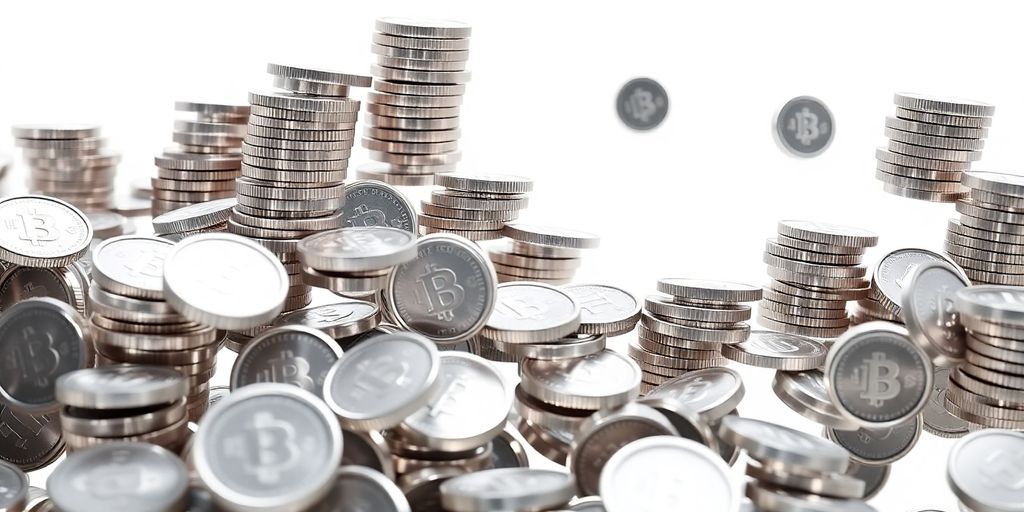Mounting economic data suggests the United States may be heading towards a recession. Recent reports indicate a slowdown in consumer spending, a cooling labor market, and persistent inflation, collectively painting a concerning picture for the nation's economic outlook. Analysts are closely monitoring these trends for further confirmation.
Key Takeaways
- Several key economic indicators are flashing warning signs.
- Consumer spending, a major driver of the US economy, is showing signs of weakening.
- The labor market, while still relatively strong, is beginning to cool.
- Inflation remains a significant concern, eroding purchasing power.
The Shifting Economic Landscape
Recent economic reports have highlighted a notable shift in the US economic landscape. After a period of robust growth, the economy appears to be losing momentum. This deceleration is primarily attributed to a combination of factors, including aggressive interest rate hikes by the Federal Reserve aimed at curbing inflation, and ongoing global supply chain disruptions.
Consumer Spending Slowdown
Consumer spending, which accounts for a significant portion of the US Gross Domestic Product (GDP), has shown a noticeable slowdown. Data from the past quarter indicates a decline in retail sales across various sectors. This trend suggests that households are becoming more cautious with their discretionary spending, likely due to inflationary pressures and rising borrowing costs.
Cooling Labor Market
The once red-hot labor market is also exhibiting signs of cooling. While unemployment rates remain historically low, there has been a decrease in job openings and a slight uptick in initial jobless claims. This indicates that employers may be scaling back hiring plans in anticipation of a potential economic downturn. Key labor market indicators include:
- Job Openings: A decline from peak levels.
- Unemployment Rate: Still low, but potential for gradual increase.
- Wage Growth: Moderating, but still above pre-pandemic levels.
Persistent Inflationary Pressures
Despite efforts by the Federal Reserve, inflation continues to be a persistent challenge. While the rate of inflation has eased slightly from its peak, it remains elevated, impacting the purchasing power of consumers. The cost of essential goods and services, such as food, housing, and energy, continues to strain household budgets, contributing to the overall economic uncertainty.
What Lies Ahead?
Economists are divided on the severity and duration of a potential recession. Some believe that a mild, short-lived downturn is more likely, while others warn of a more significant contraction. The Federal Reserve's future monetary policy decisions will play a crucial role in shaping the economic trajectory. Businesses and consumers are advised to prepare for potential economic headwinds in the coming months.






































































































